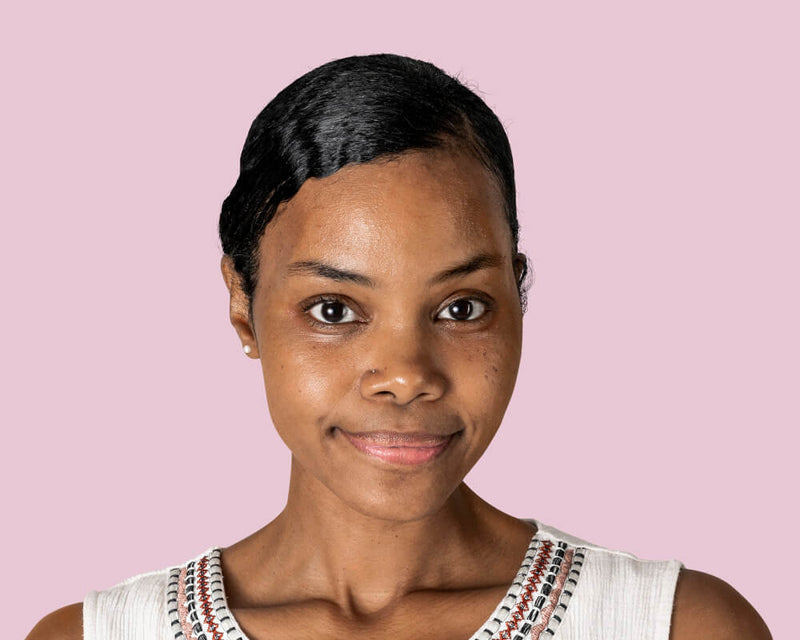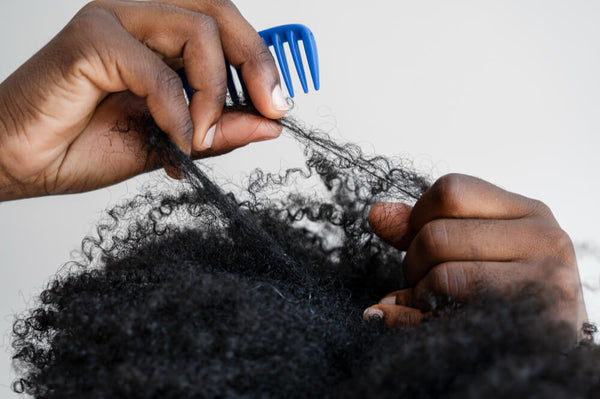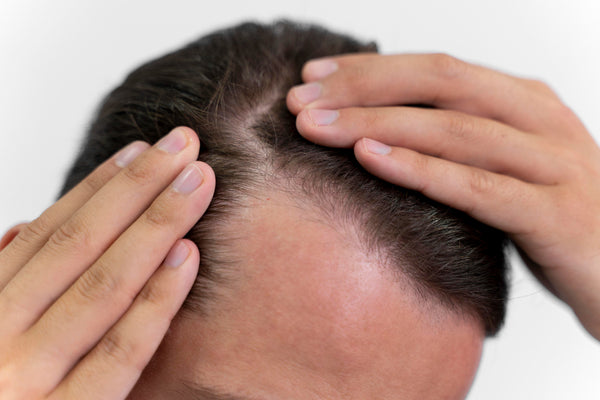Female pattern baldness in 20s is a condition that can be emotionally distressing and impact self-esteem. Hair loss is often associated with aging, but for women in their 20s, experiencing female pattern baldness in their prime can be unexpected and emotionally challenging.
While less common than in later years, it's important to understand the signs, causes, and treatment options available. This informative guide aims to shed light on the symptoms, signs, reasons, and available treatments for female pattern baldness in 20s.
Symptoms and Signs:
Thinning hair:
This is the most common symptom, often presenting as a gradual decrease in hair density, particularly at the part line, crown, or temples.
Receding hairline:
This is less common in women than men, but it can occur with female pattern baldness in your 20s.
Reduced hair growth:
Hair may take longer to grow back after shedding, and you might notice fewer new hairs replacing fallen ones.
Visible scalp:
As hair thins, your scalp may become more visible, particularly in areas like the part line.
Reasons and Risk Factors:
About two-thirds of men face some degree of hair loss by the age of 35, potentially linked to the natural progression of the hair cycle. Women, while less commonly affected, may also experience hair loss in their 20s.
The reasons behind hair loss in one's 20s are diverse, with genetics emerging as a predominant factor. Having a family history of female pattern baldness in your 20s significantly increases your risk. Take a look at some of the other risk factors that trigger female pattern baldness in 20s.
Hormonal imbalances:
Conditions like polycystic ovary syndrome (PCOS) or thyroid disorders can affect hormone levels and contribute to hair loss.
Stress:
Chronic or severe stress can trigger temporary hair loss, including female pattern baldness in your 20s.
Autoimmune diseases:
In rare cases, autoimmune conditions like lupus can attack hair follicles, leading to hair loss.
Nutritional deficiencies:
Deficiencies in iron, vitamin D, and other essential nutrients can impact hair growth.
Certain medications:
Some medications, like blood thinners or antidepressants, can have hair loss as a side effect.
Environmental Factors:
Exposure to harsh chemicals, excessive heat styling, and tight hairstyles may contribute to the progression of female pattern baldness.
Treatment Options:
Minoxidil:
This topical medication applied to the scalp helps stimulate hair growth and is often the first-line treatment for female pattern baldness in your 20s. It is an FDA-approved topical solution and is commonly used to stimulate hair growth. Applying it to the affected areas can help slow down hair loss and promote regrowth.
Prescription Medications:
Some medications, like spironolactone, may be prescribed to address hormonal imbalances contributing to female pattern baldness.
Finasteride:
This oral medication is typically used for male pattern baldness but may be prescribed for women in specific cases by a doctor.
Hormonal therapy:
If hormonal imbalances are suspected, addressing them through medication or lifestyle changes can help improve hair growth.
Platelet-rich plasma (PRP) therapy:
This newer treatment involves injecting concentrated platelets from your blood into the scalp to stimulate hair follicles.
Hair transplant:
While less common for female pattern baldness in your 20s, hair transplantation can be an option in severe cases.
Additional Tips:
Gentle hair care:
Avoid tight hairstyles, harsh chemicals, and excessive heat styling, which can damage hair and worsen thinning.
Healthy diet:
Ensure you're getting enough protein, iron, vitamins, and minerals to support healthy hair growth.
Stress management:
Techniques like yoga, meditation, or exercise can help manage stress and potentially improve hair health.
Seek professional help:
Consulting a dermatologist or trichologist can provide personalized diagnosis and treatment recommendations for female pattern baldness in your 20s.
Remember, addressing female pattern baldness in 20s early on can be beneficial. By understanding the symptoms, causes, and available treatment options, you can take proactive steps to manage hair loss and maintain a healthy head of hair.
Conclusion
Facing female pattern baldness in 20s can be disheartening, but understanding the symptoms, causes, and available treatment options is crucial. Seeking professional advice from a dermatologist or a healthcare provider is recommended for an accurate diagnosis and personalized treatment plan. With the right approach, female pattern baldness in 20s can be managed effectively, and steps can be taken to promote healthy hair growth and overall well-being.















